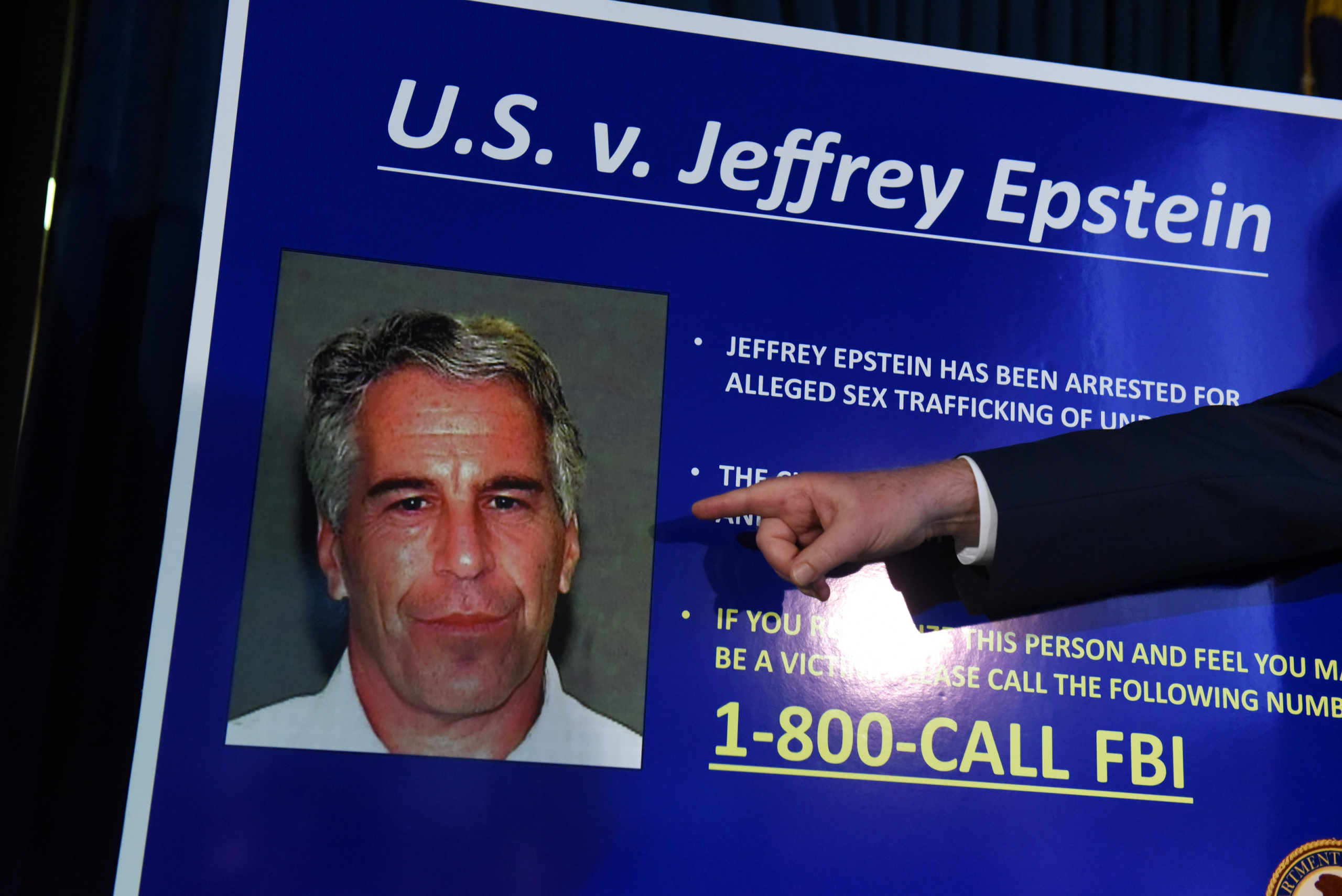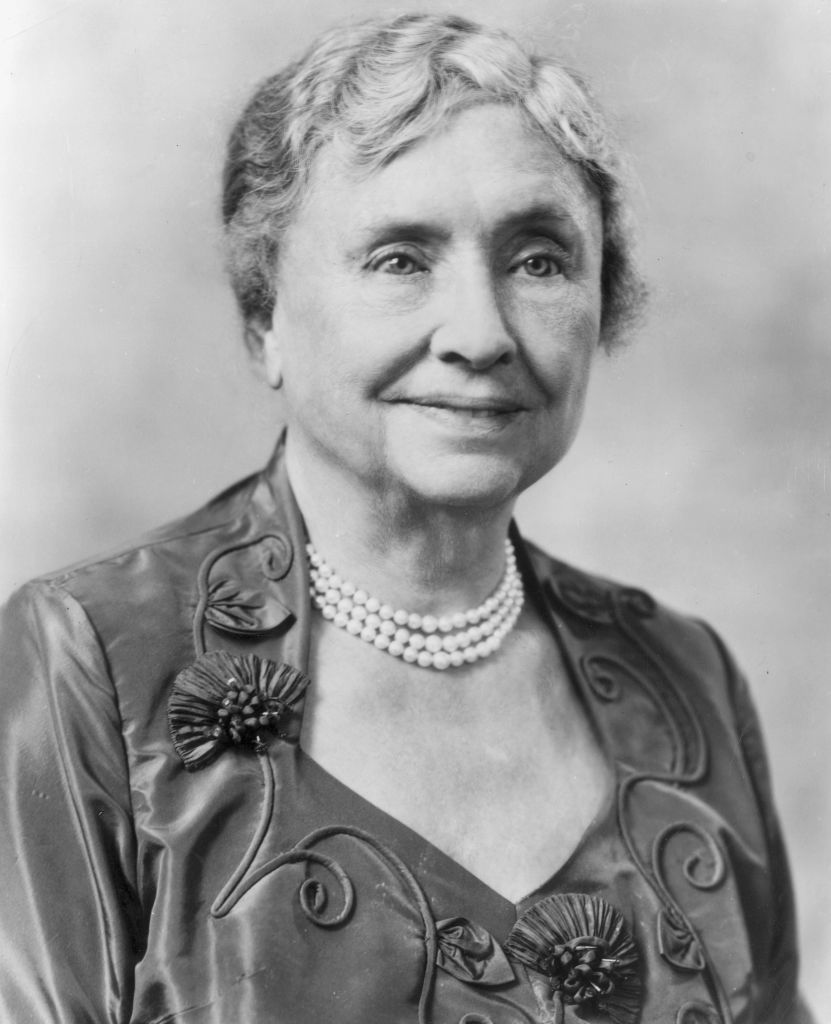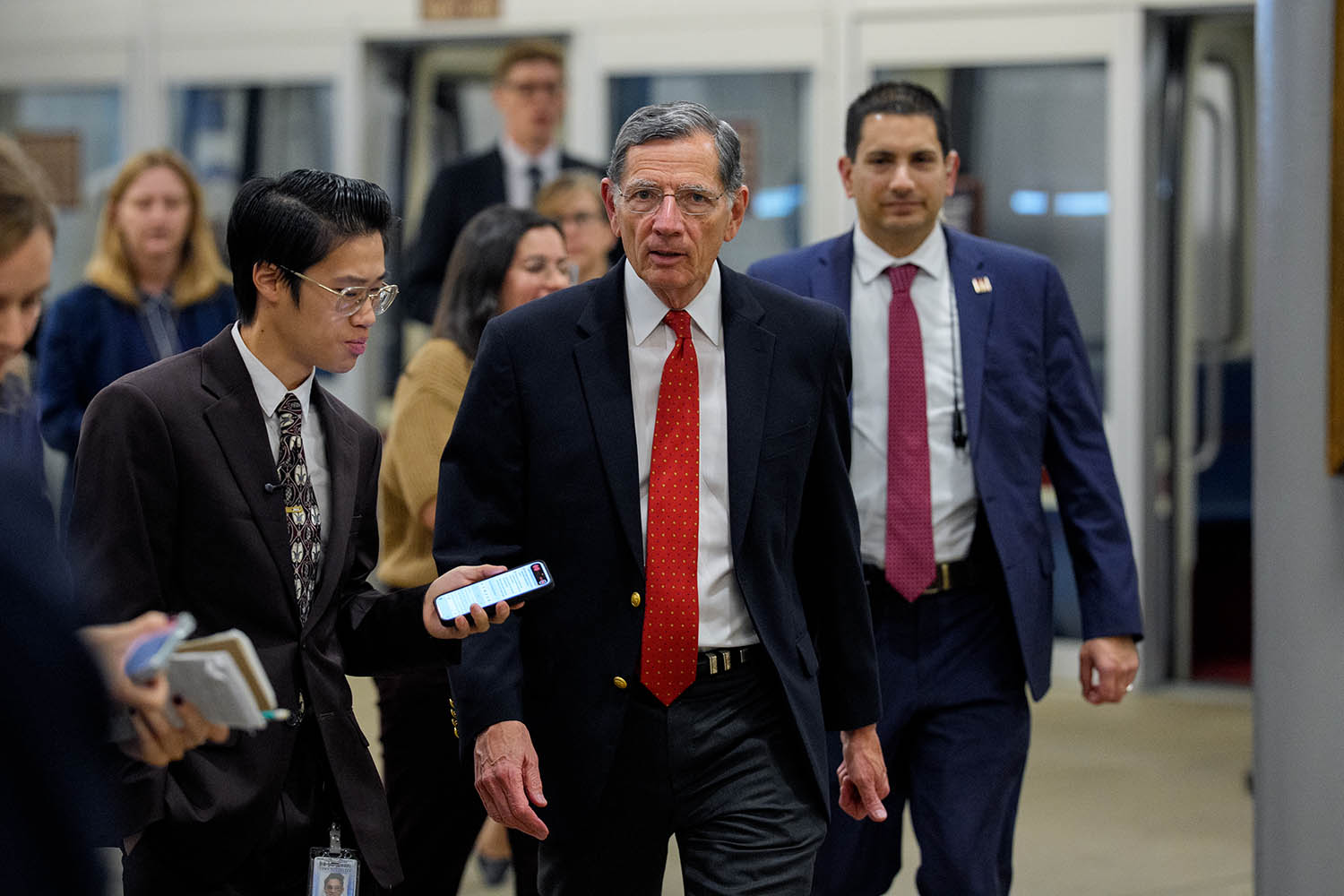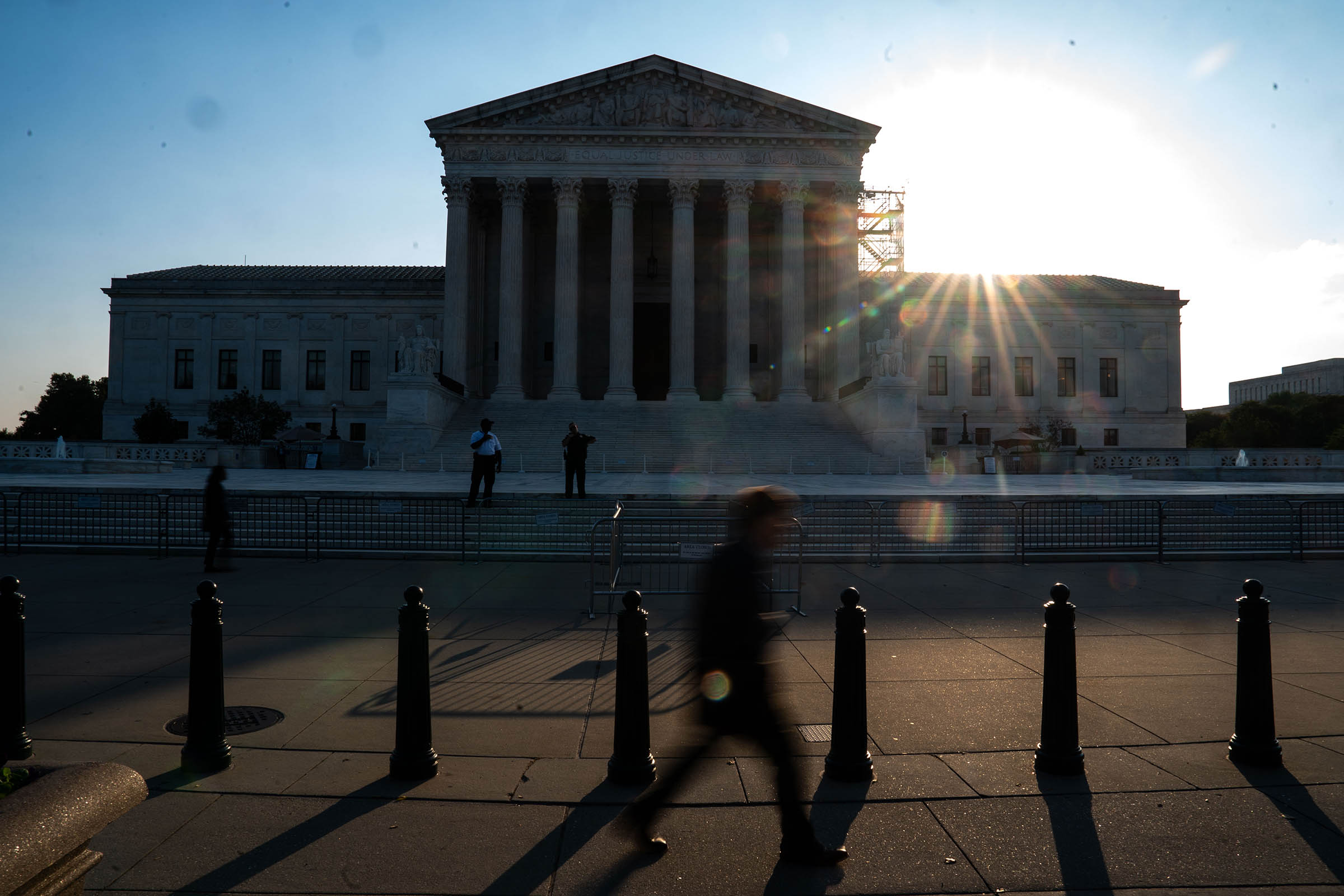WASHINGTON (AP) — The sex-offending financier Jeffrey Epstein wrote in a 2019 email to a journalist that Donald Trump “knew about the girls,” according to communications released Wednesday, but the White House quickly accused Democrats of selectively leaking the emails to smear the president.
The emails made public by Democrats on the House Oversight Committee also include one that Epstein wrote in 2011 in which he said Trump had “spent hours” at Epstein’s house with a victim of sex trafficking.
The disclosures seemed designed to raise new questions about Trump’s friendship with Epstein and about any knowledge he may have had in what prosecutors call a yearslong effort by Epstein to exploit underage girls. The Republican president has consistently denied any knowledge of Epstein’s alleged crimes and has said he ended their relationship years ago.
The version of the 2011 email released by the Democrats redacted the name of the victim, but Republicans on the committee later said it was Virginia Giuffre, who accused Epstein of arranging for her to have sexual encounters with a number of his rich and powerful friends.
That’s notable because Giuffre, before she died earlier this year, had long insisted that Trump was not among the men who had victimized her.
In a court deposition, she said under oath that she didn’t believe Trump had any knowledge of Epstein’s misconduct with underage girls. And in her recently released memoir, she described meeting Trump only once, when she worked as a spa attendant at his Mar-a-Lago club in Palm Beach, Florida.
Giuffre described being introduced to Trump by her father, who also worked at the club. She described Trump as friendly and said he offered to help her get babysitting jobs with parents at the club. Other members of Epstein’s household staff also said in sworn depositions that, while Trump did stop by Epstein’s house, they didn’t see him engage in any inappropriate conduct.
White House spokeswoman Karoline Leavitt accused the Democrats of having “selectively leaked emails” to “create a fake narrative to smear President Trump.”
The messages are part of a batch of 23,000 documents provided by Epstein’s estate to the Oversight Committee. The release resurfaces a storyline that had shadowed Trump’s presidency during the summer when the FBI and the Justice Department abruptly announced that they would not be releasing additional documents that investigators had spent weeks examining, disappointing conspiracy theorists and online sleuths who had expected to see new revelations.
In one 2019 email to journalist Michael Wolff, who has written extensively about Trump, Epstein wrote of Trump, “Of course he knew about the girls as he asked ghislaine to stop.”
In an April 2, 2011, email to Ghislaine Maxwell, an Epstein girlfriend now imprisoned for conspiring to engage in sex trafficking, Epstein wrote, “I want you to realize that that dog that hasn’t barked is Trump. (Redacted name) spent hours at my house with him ,, he has never once been mentioned. police chief. etc. im 75 % there.”
Maxwell replied the same day: “I have been thinking about that.”
The name of the person said to have spent time with Trump was blacked out of the email, but House Democrats identified the person as a “victim.”
Leavitt said that the unnamed person referenced in the emails is Giuffre, who had accused Britain’s then-Prince Andrew and other influential men of sexually exploiting her as a teenager and who died by suicide in April. Andrew, who recently was stripped of his titles and evicted from his royal residence by King Charles III after weeks of pressure to act over his relationship with Epstein, has rejected Giuffre’s allegations and said he didn’t recall meeting her.
Leavitt said in a statement that Giuffre had “repeatedly said President Trump was not involved in any wrongdoing whatsoever and ‘couldn’t have been friendlier’ to her in their limited interactions.”
“The fact remains that President Trump kicked Jeffrey Epstein out of his club decades ago for being a creep to his female employees, including Giuffre,” the statement said. “These stories are nothing more than bad-faith efforts to distract from President Trump’s historic accomplishments, and any American with common sense sees right through this hoax and clear distraction from the government opening back up again.”
Giuffre came forward publicly after an initial investigation ended in an 18-month Florida jail term for Epstein, who made a secret deal to avoid federal prosecution by pleading guilty instead to relatively minor state-level charges of soliciting prostitution. He was released in 2009.
In subsequent lawsuits, Giuffre said she was a teenage spa attendant at Mar-a-Lago when she was approached in 2000 by Maxwell.
Lawyers for Maxwell, a British socialite, have argued that she never should have been tried or convicted for her role in luring teenage girls to be sexually abused by Epstein. She is serving a 20-year prison term, though she was moved from a low-security federal prison in Florida to a minimum-security prison camp in Texas after she was interviewed in July by Deputy Attorney General Todd Blanche.
Epstein took his own life in a New York jail in 2019 while awaiting trial on federal charges.















